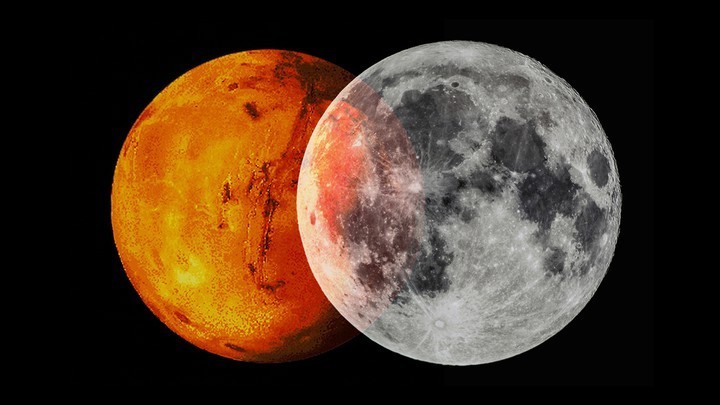Even the dust on the two planets is different. Lunar dust is a fine powder of tiny particles with jagged edges, and, as the Apollo astronauts learned, nearly impossible to brush off spacesuits and equipment. Martian dust is more like that found on Earth, and less likely to shred human lungs if it’s accidentally breathed in. “If we had done lunar sample return prior to sending Neil Armstrong and Buzz Aldrin to the surface, I’m convinced it would have been decades before we sent people to the moon,” says John Grunsfeld, a retired NASA astronaut and a former associate administrator of the agency’s science division. “The medical community would have gotten those samples back, looked at them in the microscope, and gone, ‘Oh my gosh, it’s broken glass at the micron scale. The astronauts will inhale it, hemorrhage, and die on the moon.’”
20.02.2020

Last week, NASA put out a call for applications for its next class of astronauts. In recent years, when the agency has asked for résumés, the job was shuttling back and forth between Earth and the International Space Station (ISS). But for the first time in nearly 50 years, some of the aspiring space travelers might be training for a mission to the moon.
President Donald Trump wants NASA to fly American astronauts to the lunar surface and beyond. Congress, the president said during his recent State of the Union address, should fund his administration’s new program “to ensure that the next man and the first woman on the moon will be American astronauts.” This effort, he said, would serve as “a launching pad to ensure that America is the first nation to plant its flag on Mars.”
But what if NASA didn’t stop at the moon first? What if, instead of pouring time, effort, and money into reaching the lunar surface again, the space agency embarked on an unprecedented journey straight to the red planet?
The moon-versus-Mars question is older than the Trump administration’s space ambitions. It has been debated since the last men departed from the moon in the 1970s, when NASA, having achieved a seemingly impossible feat, started pondering what to try next. The conditions that fueled the space program half a century ago—when less than a decade passed between John F. Kennedy’s vow to send a man to the moon and the Apollo moon landing—no longer exist (and unless you wanted to risk war, it wouldn’t be wise to replicate them). Neither does the budget that made it happen. So the country’s next chapter in exploring other worlds may be more open-ended than ever.
Scientists have their own arguments for the most compelling celestial destinations and what humankind could learn from them. These arguments are, of course, subject to the whims of presidents, who have their own ideas about the nation’s space policy, a circumstance that has ended up swinging NASA priorities from one part of the solar system to another every eight years. In the most recent administrations, George W. Bush wanted to go back to the moon, Barack Obama didn’t, and Trump very much does. Presidents’ dreams are limited by others’ whims, too: Congress ultimately decides how much money NASA gets and for what.
When Jim Bridenstine, NASA’s administrator, talks about the agency’s Artemis program for lunar exploration—named for Apollo’s sister in Greek mythology—he describes the moon as a “proving ground” for Mars. If something went wrong there, astronauts could make it home in a matter of days instead of months. And while NASA’s newest moon rocket is currently behind schedule and over budget, at least the space agency knows how to build one already.
“We need to crawl before we walk, much less run,” says James Rice, a senior scientist at the Planetary Science Institute who spent 15 years working on Mars rover missions. “Say you’ve got a bunch of new camping equipment. If you’re smart, you’re going to learn how to use that in your backyard. You’re not going to go, say, out to Mount Everest and try to figure out how to work this stuff.”
Supporters of a Mars-direct mission argue that, in fact, the moon is terrible practice for Mars. On the moon, astronauts don’t have to worry about surviving a plunge through an atmosphere; on Mars, they will. The tug of gravity is weaker on the lunar surface than on Mars. The moon is extremely cold, and a single day there lasts nearly an Earth month. By contrast, a Mars day is nearly equal in length to an Earth day, and a summer day on the red planet, near the equator, could feel as pleasant as a spring day on our own.
